Meet 7 of the best US mountain ranges for hiking
The best US mountain ranges deliver some of the best hiking in the world, from scenic day hikes to epic thru-hikes
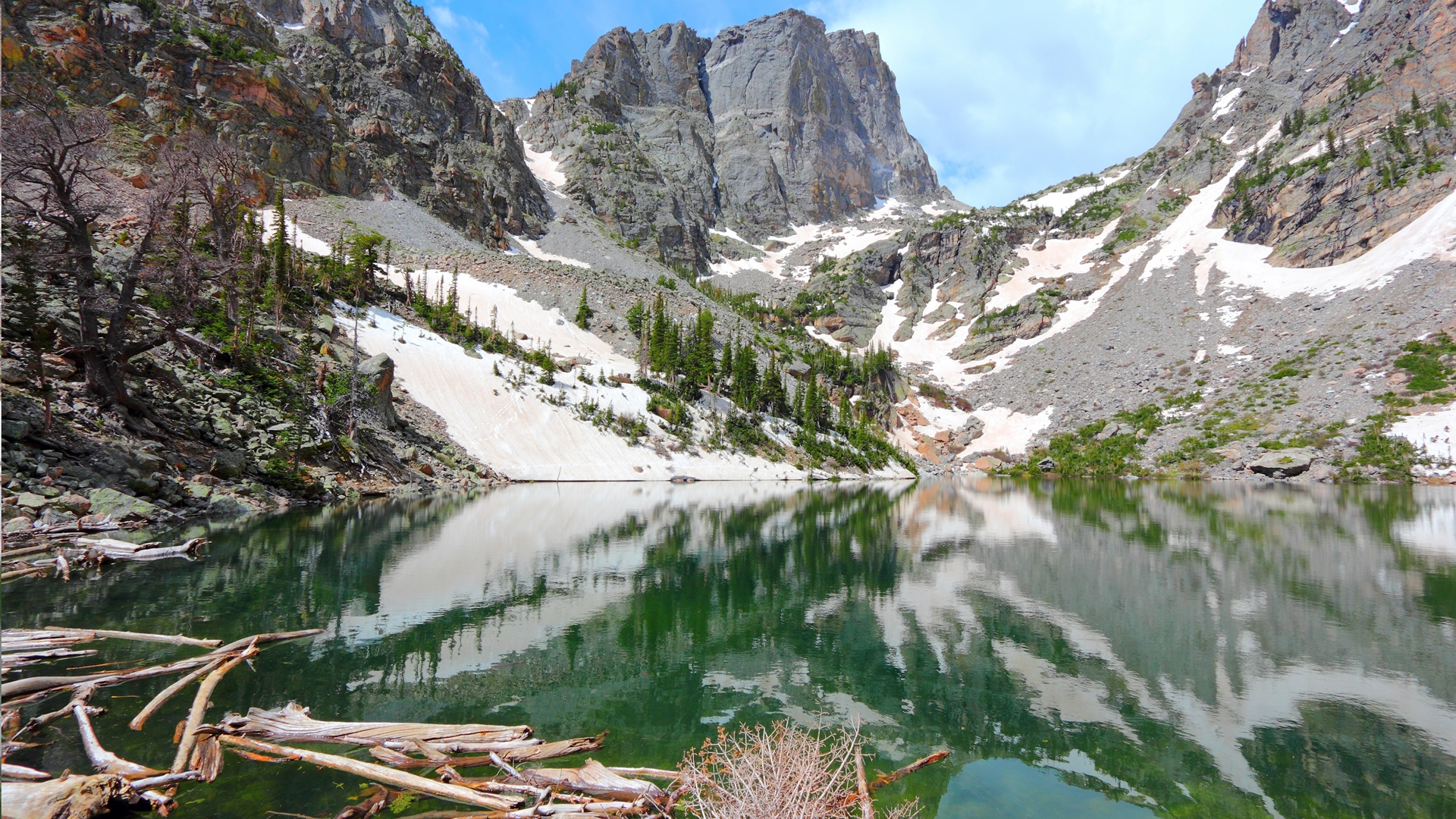
One of the best things about living in America is that you’re almost never very far from a mountain. Sure, western states like Colorado, Wyoming and Utah boast the most mountains, what with the world-famous Rocky Mountain range passing right through them, but with some 73,000 named peaks littered across the country, there’s honestly something for everyone. Even residents of Florida, the country’s flattest state, only have to drive one state over to start hiking in the Appalachians.
In this article, we introduce you to seven of the major US mountain ranges, from mighty to miniature, that deliver some of the best hiking in the entire world. Whether you’re looking to test out your new hiking boots on a scenic day hike, or load up your biggest hiking backpack for an unforgettable thru-hike, you’re bound to find something here to inspire your next adventure.
1. Rocky Mountains
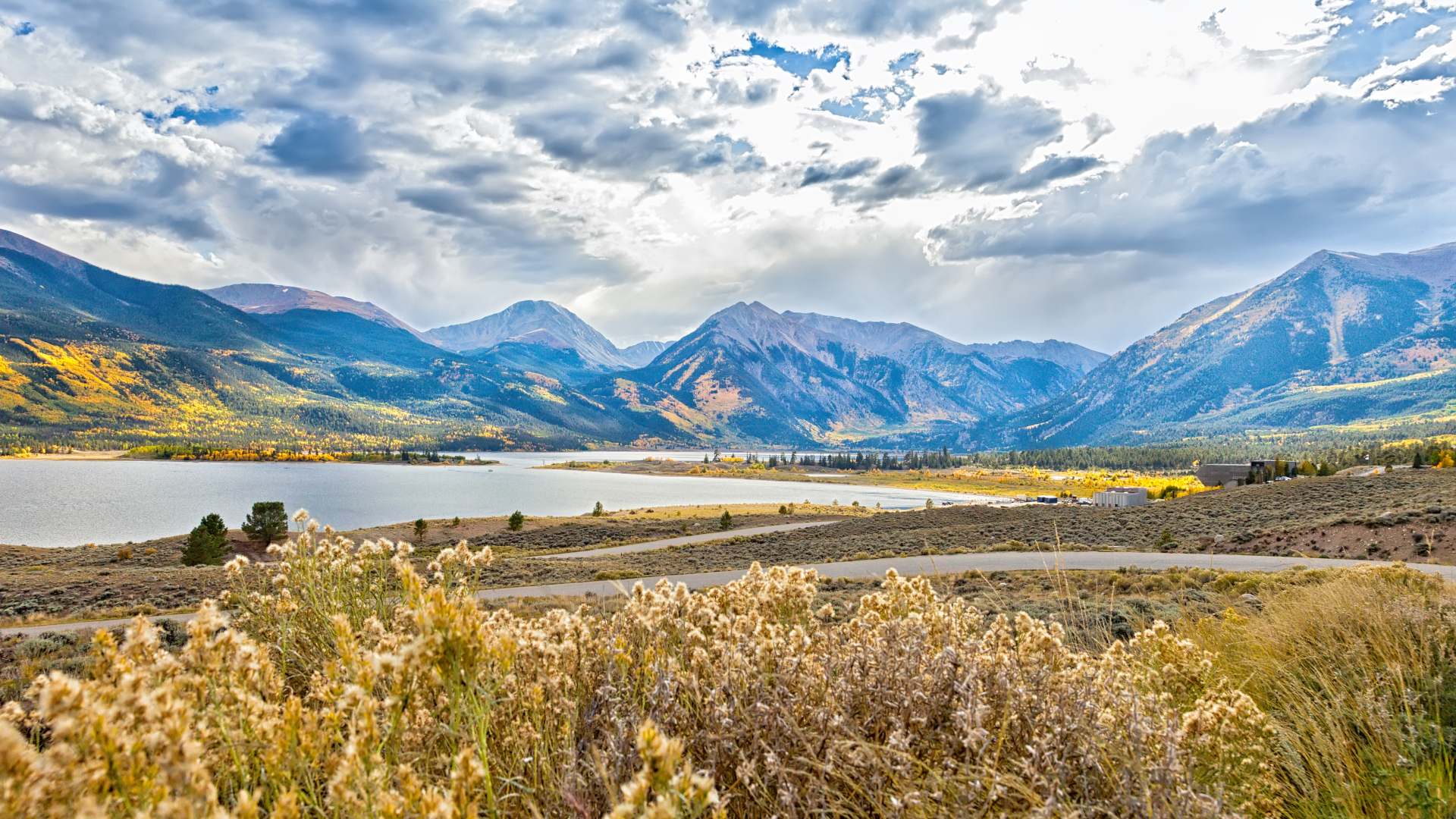
At 3,000 miles long and stretching from Mexico to Canada, the iconic Rocky Mountains are easily the largest mountain range in the area, though they’re also one of the newest at no more than 80 millions years old. The Rockies consist of dozens of sub-ranges from New Mexico to Montana, such as the Sawatch and San Juan ranges in Colorado, the Tetons in Wyoming, and the Sawtooth range in Montana. They’re also home to the Continental Divide, the point at which all rivers either flow east to the Atlantic or west to the Pacific. Speaking of rivers, the mighty Colorado begins high up on the Rockies on La Poudre Pass before flowing through the Grand Canyon.
If you’re looking for National Parks in which to explore the Rockies, you’re spoilt for choice with parks like Rocky Mountain National Park, Yellowstone and Glacier. Of the 100 tallest peaks in the Rockies, a whopping 78 are in Colorado, where you'll find lots of spectacular hiking and world-class skiing as well as the highest peak in the Rockies, Mount Elbert which is near Leadville. At 14,440ft above sea level, a clear path to the top actually makes this hike one of the easiest 14ers to climb if you’re in the area. If you’re feeling ultra ambitious, you can hike the entire distance of the Rockies on the Continental Divide Trail.
2. Appalachian Mountains
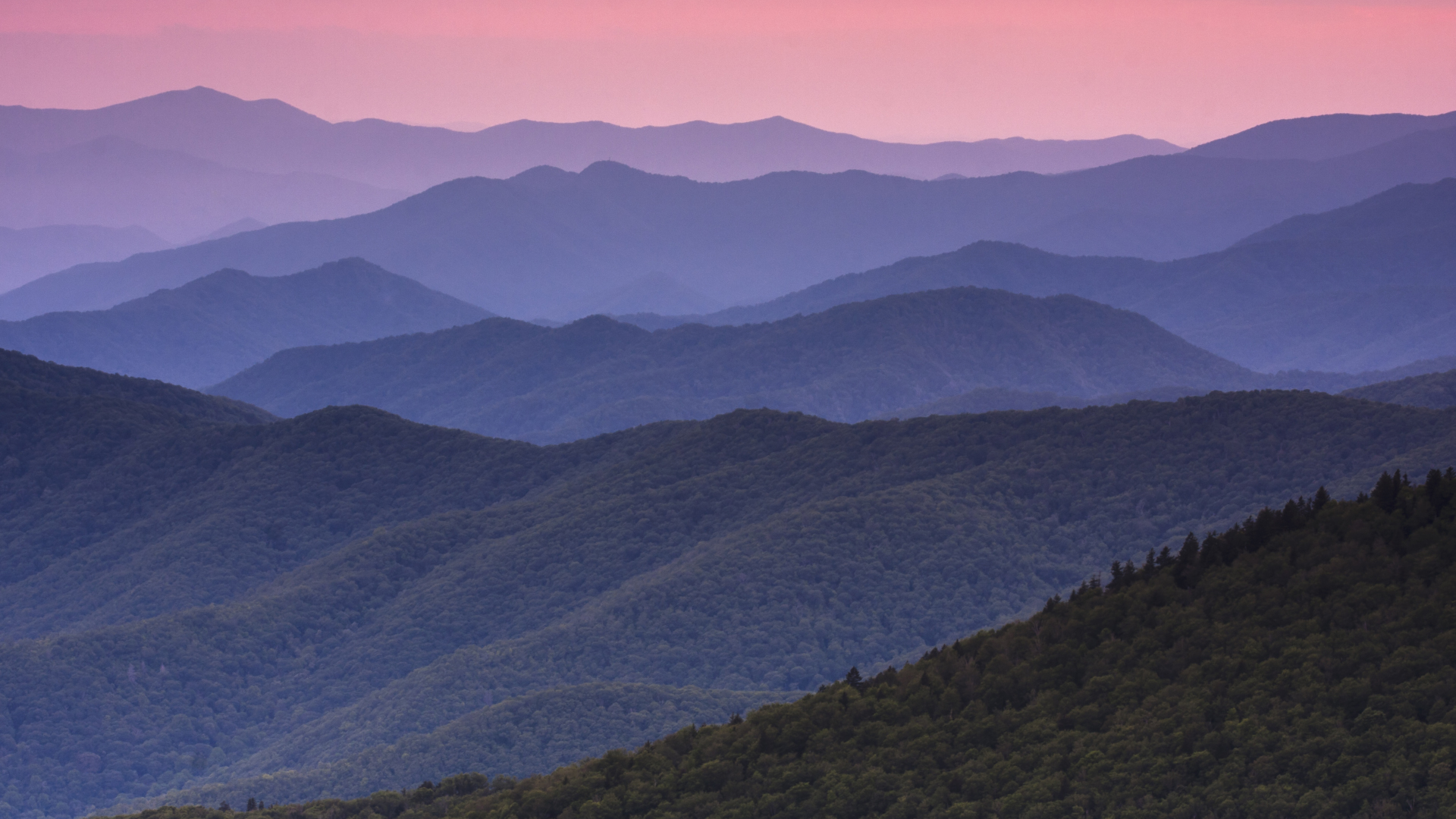
The Appalachians are a system of mountain ranges that stretch nearly 2,000 miles from Newfoundland all the way to Alabama, believe it or not. Sub-ranges of the Appalachians include the White Mountains in New Hampshire, the Great Smoky Mountains, the Blue Ridge Mountains, and the Alleghenies. Compared to the Rockies, the Appalachians are positively ancient, forming some 480 millions years ago. Geologists believe they were once comparable in size to the Rockies, but erosion has brought them down in stature, with the highest point at 6,684ft on the summit of Mount Mitchell near Asheville, North Carolina.
Needless to say, with such a broad geographical area, there are some spectacular National Parks where you can explore stretches of the Appalachians, including Great Smoky Mountains, Shenandoah and New River Gorge. If you’re feeling brave, you can tackle Mount Washington, one of the more dangerous mountains in the US and if you’ve got plenty of gumption, you can hit the Appalachian Trail and walk the 2,200 miles from Springer Mountain in northern Georgia to the summit of Mount Katahdin in Maine.
3. Cascade Range
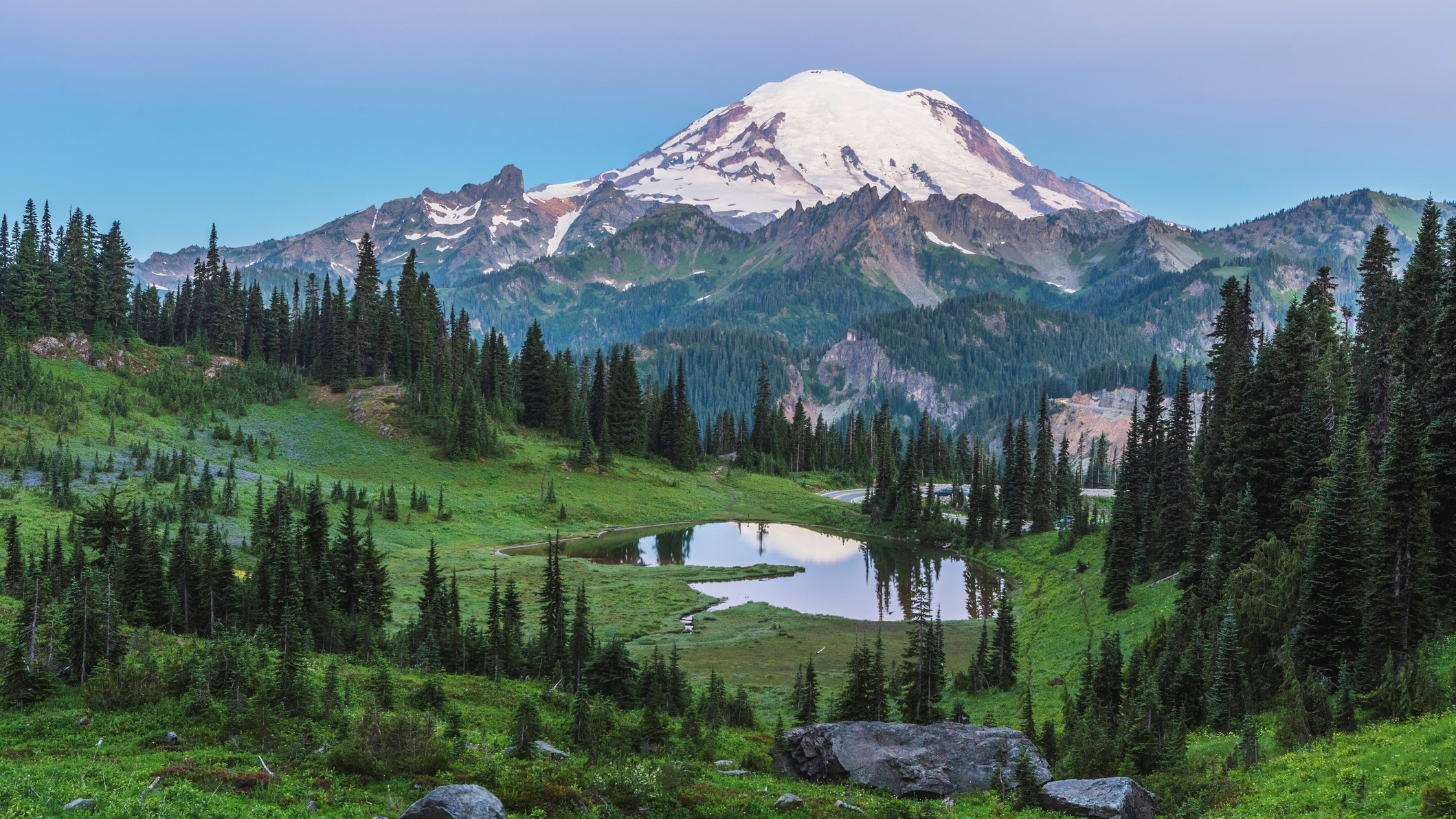
Extending for 700 miles between British Columbia and Lassen Peak in California, the Cascades make up one of the longest, and most beautiful, stretches of mountains in the US. The Cascades famously consist of both regular mountains, known as the North Cascades and volcanoes, or the High Cascades. In fact, the Cascades form part of the Pacific Ocean’s Ring of Fire, a series of volcanic mountains that nearly encircle the Pacific Ocean. The most notable volcano in the range is probably its peak, Mount Rainier, which at 14,411ft is visible from Seattle, 60 miles away.
Advnture Newsletter
All the latest inspiration, tips and guides to help you plan your next Advnture!
If hiking a volcano isn’t exactly your thing, head to the picture-perfect North Cascades National Park which is one of the best National Parks in Washington and often described as a mini (and quieter) version of Glacier National Park. Want to stretch your legs? Hop on the Pacific Northwest Trail, a 1,200-mile National Scenic Trail that travels from North Cascades National Park down through the Puget Sound, and through Olympic National Park to the Pacific Ocean.
4. Alaska Range
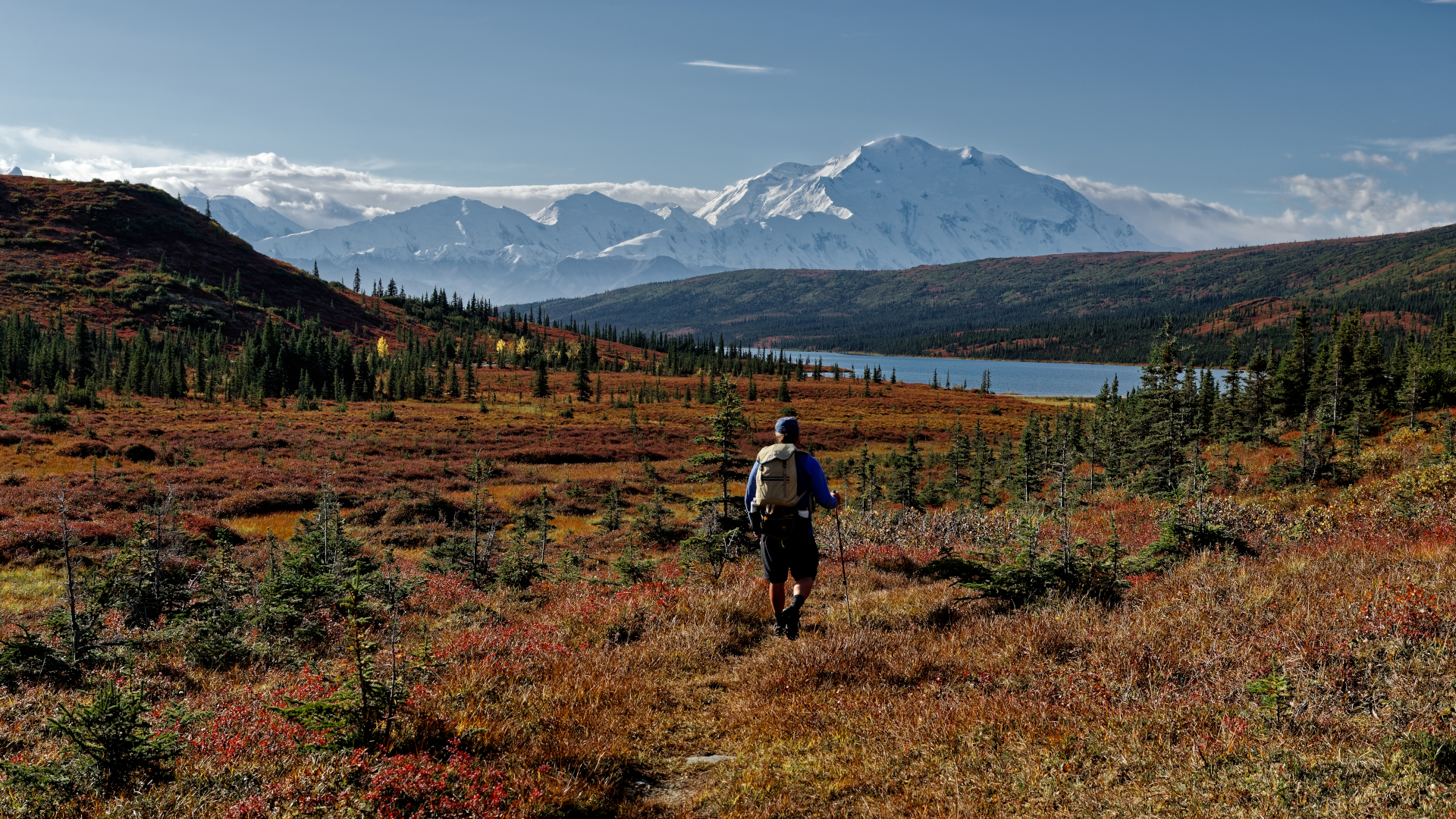
The Alaska Range forms a narrow, 600-mile long arc of mountains in south central Alaska between Lake Clark and Canada’s Yukons. Given its location, it should come as no surprise that these mountains are splendid and remote. They’re also towering, making up one of the highest mountain ranges in the world after the Himalayas and the Andres. The highest point in the Alaska range is Denali, which at 20,310ft above sea level is the tallest peak in North America.
The Alaska Range is a land of ice and fire, hosting both large glaciers and volcanoes such as Mount Spurr. The Alaska Range experiences a great deal of treacherous weather as it blocks the warmer air from the Gulf of Alaska, but it can be explored on foot in protected areas such as Wrangell St Elias, Lake Clark and Denali National Parks, which are some of the least crowded National Parks in the country.
5. Sierra Nevada
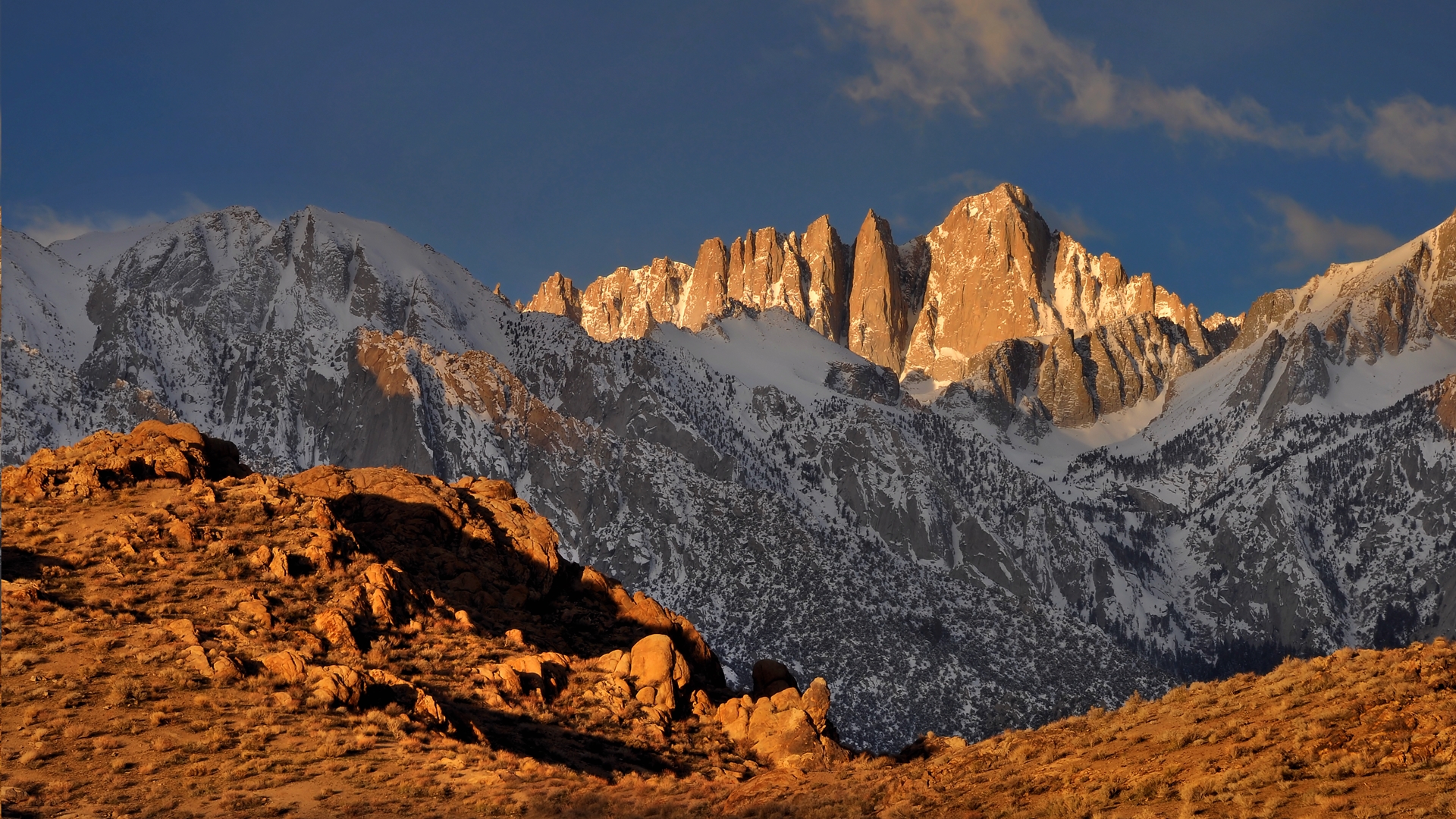
The Sierra Nevada range is far younger (less than five million years old) and shorter than the Rockies and the Appalachians at just 400 miles long, but it still claims some natural features of notable stature including: the largest lake in the continent (Tahoe), the biggest tree in the world (General Sherman) and the highest mountain in the contiguous US (Whitney). Contained almost entirely within the state of California, the Sierra Nevada stretches between the Central Valley and the Great Basin and is part of the American Cordillera, an almost continuous chain of mountain ranges that forms the western "backbone" of the Americas and includes the Rockies and the Cascades.
The mountain range was the original home to the northern Paiute tribe. In the late 1800s, pioneers flocked to the foothills of the Sierra Nevada during the California Gold Rush, but these days they tend to flock there in hiking boots, visiting world-famous areas such as Yosemite and Sequoia and Kings Canyon National Parks, for skiing in resorts like Tahoe and viewing the famous giant sequoias. The Pacific Crest trail covers the highest portion of the Sierra Nevada if you’re looking for a long walk (it’s over 2,600 miles long).
6. Adirondack Mountains
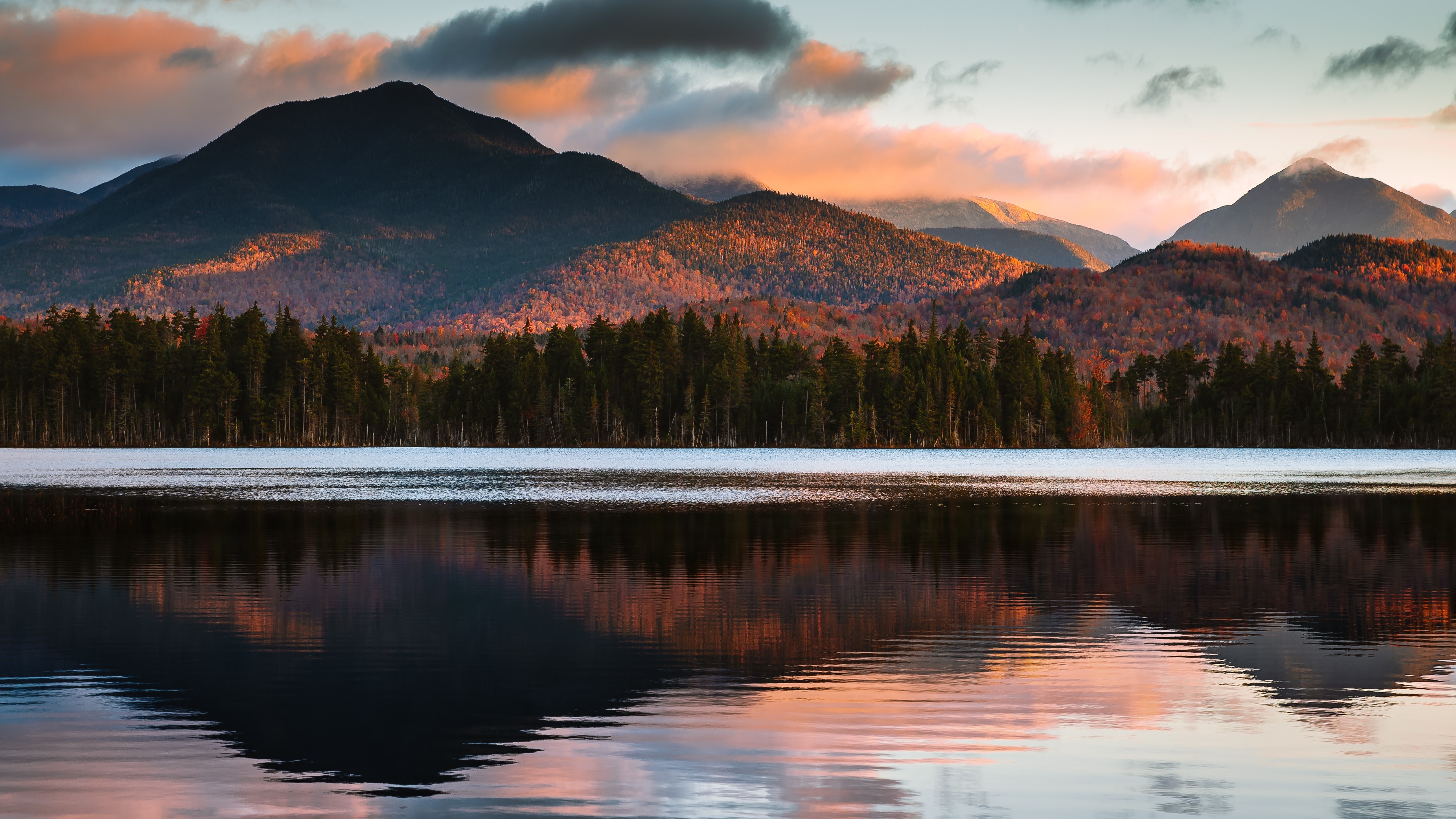
Though sometimes lumped in with the Appalachians, the Adirondacks are a distinct mountain range in upstate New York. Unlike other mountain ranges on this list which are long in shape, the Adirondacks form a rough circle that is about 160 miles in diameter. And unlike the Appalachians, which are shrinking due to erosion, the Adirondacks are still growing – at the rate of about one foot per century, according to geologists! The range is home to hundreds of peaks, including Mount Marcy at 5,344ft and lots of water, such as Lake Placid and the source of the Hudson River.
Humans have lived in these mountains since the Paleo-Indian period, or for about 17,000 years, and today, the area is protected under Adirondack Park, a forest preserve that consists of both private and public land. Hikers are drawn to the area to hike some or all of the 46 highest peaks in the park, most of which are over 4,000ft – those who complete every summit are members of the Adirondack Forty Sixers, known as 46ers. If you just want to enjoy the view of the Adirondacks, however, one of the best spots is from across the water on Lake Placid, or even Lake Champlain in Burlington, VT.
7. Wrangell Mountains
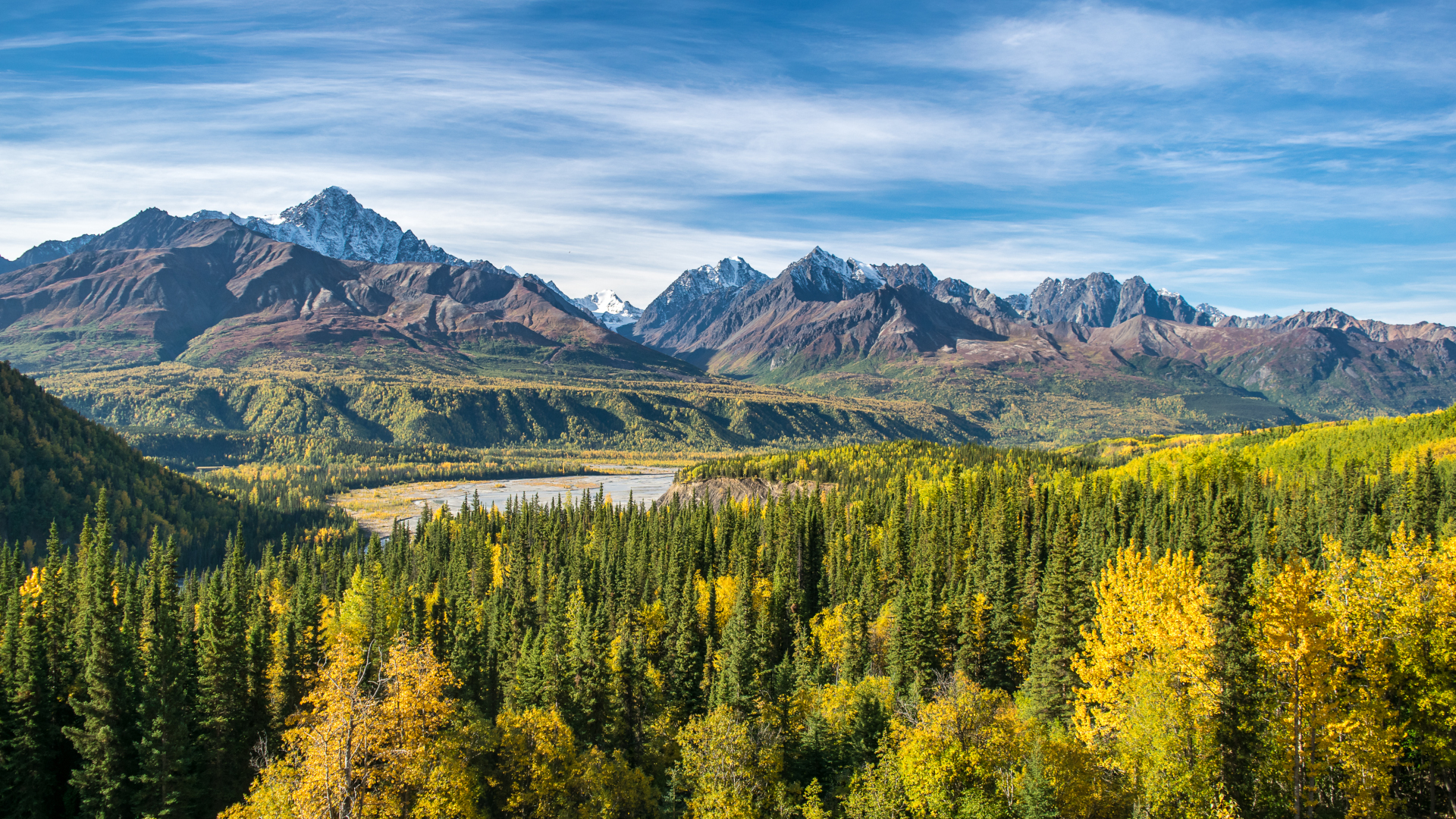
The Wrangell Mountain range in Alaska is just 100 miles long, extending from the Copper River to the St Elias Mountains. The range is home to many peaks over 10,000ft, glaciers and extinct volcanoes. In fact, it is almost entirely volcanic in origin, and home to two of the three highest volcanoes in the US – Mount Blackburn, which is the peak at 16,390ft, and Mount Sanford.
Most of the Wrangells are protected by Wrangell St Elias National Park, the country's largest National Park at over 13 million acres of pristine wilderness (that’s six times the size of Yellowstone). Unlike some other Alaskan parks, Wrangell St Elias can be reached by road, albeit via a long drive, and once there you can find spectacular day hikes in the Nabesna Road area up in the northern section of the park.
- The best hiking shoes: lightweight but tough footwear for fall expeditions
Julia Clarke is a staff writer for Advnture.com and the author of the book Restorative Yoga for Beginners. She loves to explore mountains on foot, bike, skis and belay and then recover on the the yoga mat. Julia graduated with a degree in journalism in 2004 and spent eight years working as a radio presenter in Kansas City, Vermont, Boston and New York City before discovering the joys of the Rocky Mountains. She then detoured west to Colorado and enjoyed 11 years teaching yoga in Vail before returning to her hometown of Glasgow, Scotland in 2020 to focus on family and writing.

